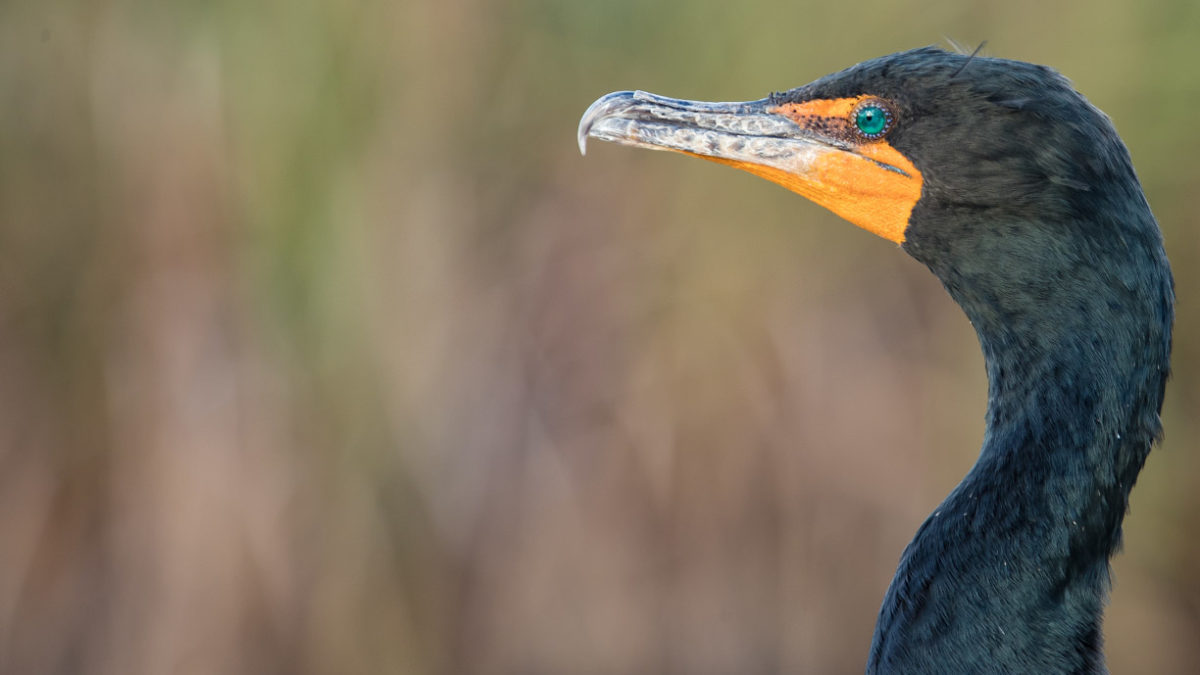Waterbird winners and losers – results of the 2018 survey

Last of the survivor trees
July 9, 2019
Virginia woodpeckers have record year
July 9, 2019By Bryan Watts | bdwatt@wm.edu | (757) 221-2247
July 5, 2019
The Center for Conservation Biology has compiled the results of the 2018 colonial waterbird survey that included 270 colonies of 23 species (aerial surveys for great blue herons and great egrets were not conducted in 2018 due to financial constraints). The 2018 benchmark survey was the fifth in a series of surveys conducted by a consortium of partners since 1993. The surveys are designed to determine the status and distribution of colonial waterbirds across the Coastal Plain of Virginia. In 2018, colonies supported more than 44,000 breeding pairs, with gulls being the most abundant group (19,700 pairs: 44%) followed by terns (8,360 pairs: 19%) and long-legged waders (6,390 pairs: 14%). The barrier island/lagoon system along the Eastern Shore was the most important region within the Coastal Plain, accounting for 58.8% and 46.6% of all breeding pairs and colonies respectively.
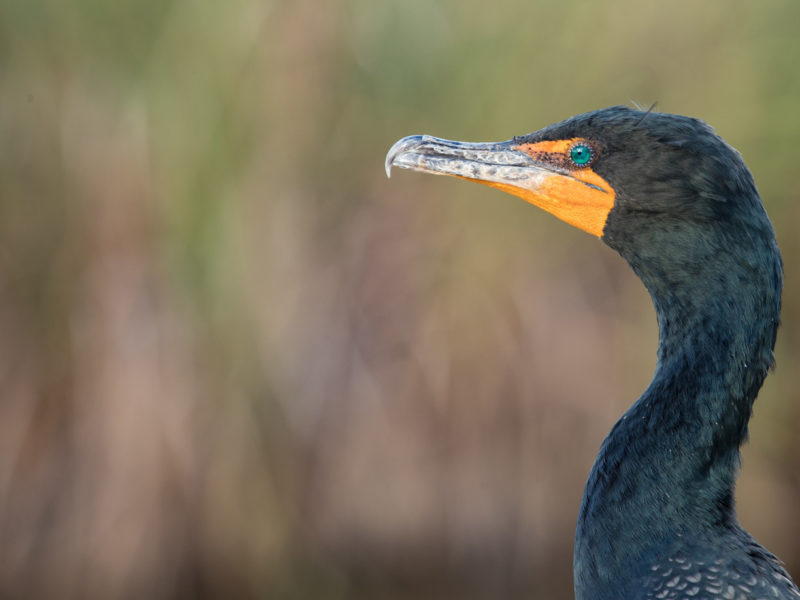
The colonial waterbird community as a whole has declined dramatically since 1993, with 15 of the 22 species with comparable data declining from 1993 to 2018. Fourteen species declined by more than 40% and nine species have declined by more than 60%. Cattle egrets showed the highest loss rate (-96.7%) declining from 1,459 to only 48 pairs. Little blue herons declined by 83%, from 374 to only 64 pairs. Seven species increased between 1993 and 2018. We documented dramatic expansions for white ibis, double-crested cormorants, and brown pelicans.
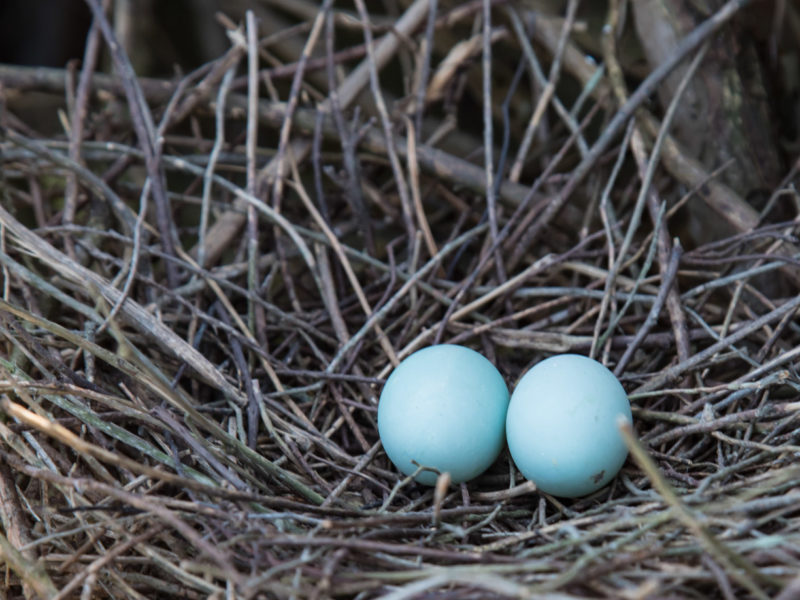
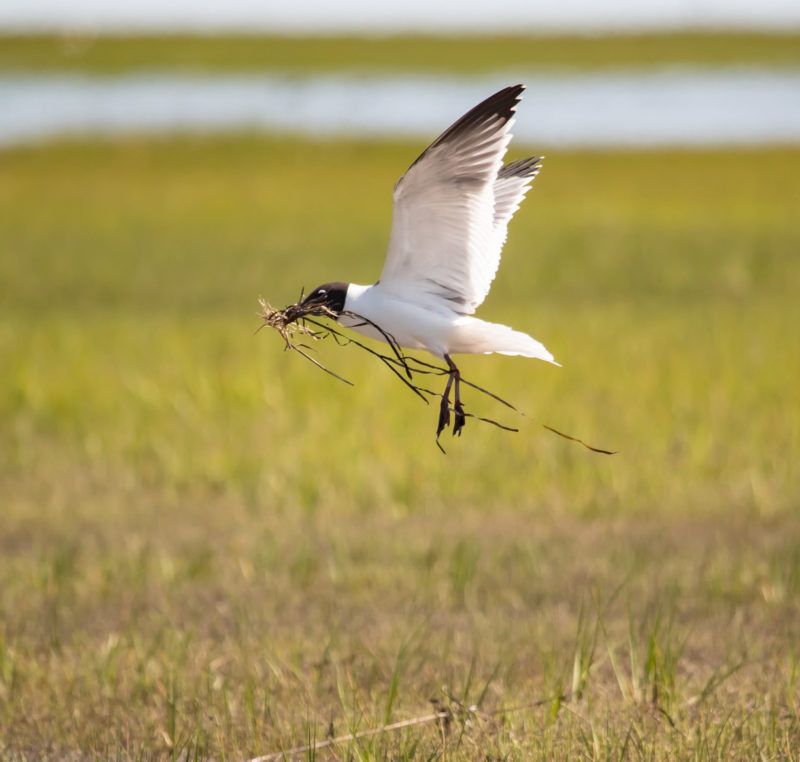
Over the past 25 years, two major forces appear to be shaping the colonial waterbird community in Virginia, including 1) regional shifts in population centers that are driving population increases and 2) habitat degradation related to sea-level rise. With the exception of great egrets, all species that have increased over the past 20 years have experienced ongoing range expansions and are riding a population wave that is progressing through Virginia. This includes great black-backed gulls, double-crested cormorants, brown pelicans, and white ibises. Most of the decline in medium-sized waders is being driven by habitat loss related to erosion of islands. This erosion results from sea-level rise, is ongoing, and represents a significant threat to these populations. Several ground-nesting seabirds are likely more directly impacted by the loss of viable habitat and demographic impacts related to frequent flooding. The most notable example is the laughing gull that has experienced a catastrophic decline in both population and distribution.
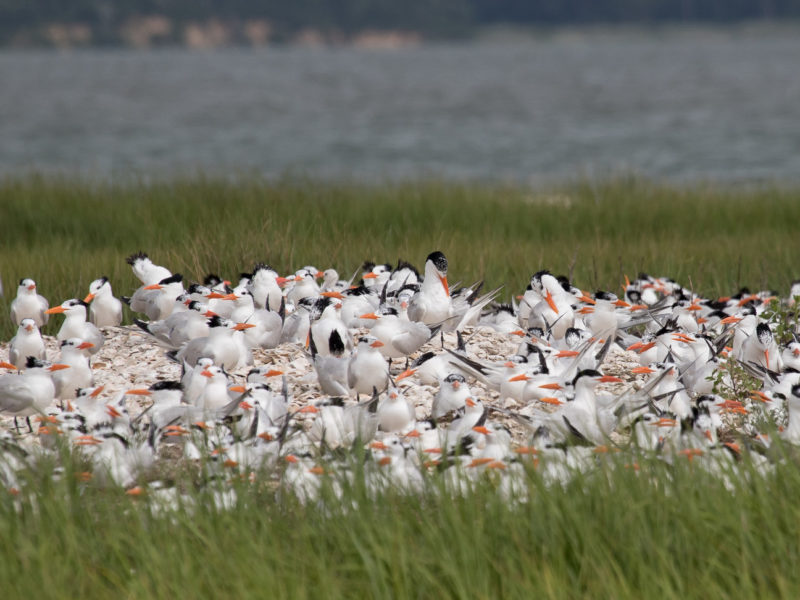
Many individuals and organizations contributed to the success of the 2018 survey, including the Virginia Department of Game & Inland Fisheries, the Virginia Coastal Zone Management Program, The Nature Conservancy, the Virginia Department of Transportation, the Natural Heritage Program of the Virginia Department of Conservation and Recreation, the U.S. Fish and Wildlife Service, the Army Corps of Engineers, the Animal and Plant Health Inspection Service of USDA, Virginia Tech, and Old Dominion University.
Download the 2018 Colonial Waterbird Survey
View the 2018 Colonial Waterbird Survey data in the CCB Mapping Portal

